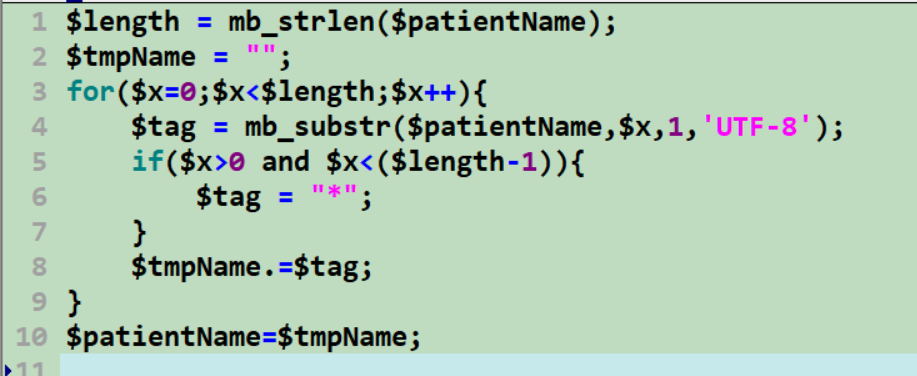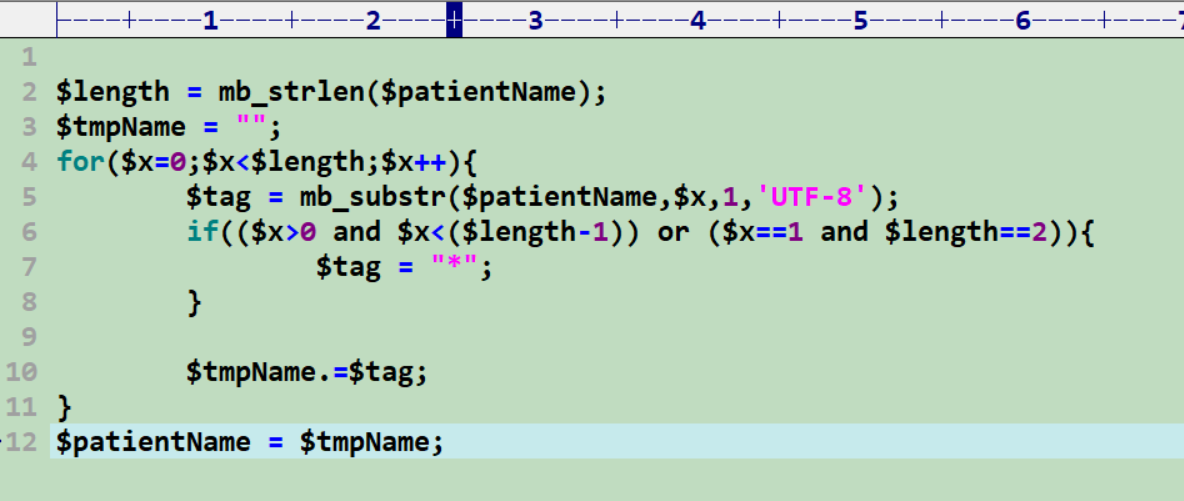使用winSW把Nginx配置成Windows服务
<service> <id>nginx</id> <name>nginx</name> <description>nginx</description> <executable>c:\nginx\nginx.exe</executable> <logpath>c:\nginx\logs</logpath> <logmode>roll</logmode> <depend></depend> <startargument>-p</startargument> <startargument>c:\nginx</startargument> <stopexecutable>c:\nginx\nginx.exe</stopexecutable> <stopargument>-p</stopargument> <stopargument>c:\nginx</stopargument> <stopargument>-s</stopargument> <stopargument>stop</stopargument></service>
install install the service to Windows Service Controlleruninstall uninstall the service
start start the service (must be installed before)
stop stop the service
stopwait stop the service and wait until it's actually stopped
restart restart the service
restart! self-restart (can be called from child processes)
status check the current status of the service
test check if the service can be started and then stopped
testwait starts the service and waits until a key is pressed then stops the service
version print the version info
help print the help info (aliases: -h,--help,-?,/?)
<br/>
 自学编程网
自学编程网

 辽公网安备21010602000703号
辽公网安备21010602000703号